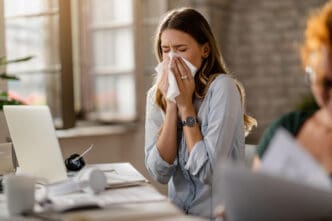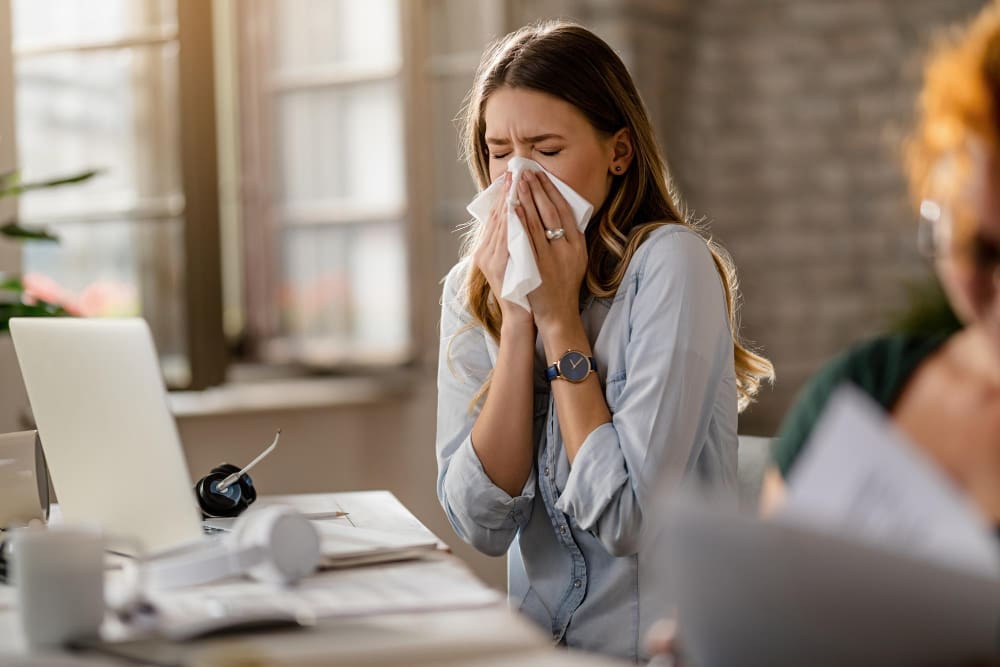With the progression of climate change, allergy season is becoming longer and more severe, intensifying the discomfort experienced by allergy sufferers. This phenomenon is not limited to pollen allergies; other allergens like mold spores are also becoming more prevalent due to rising temperatures and weather disruptions. A particularly insidious threat comes from stinging and biting insects, which are appearing in new regions and in larger populations as climate conditions become suitable for their habitats.
While insect allergies are less common than pollen allergies, they can result in serious and sometimes fatal reactions. In the United States, approximately 72 people die annually from insect allergies, and thousands more seek emergency medical treatment each year. Despite this, insect allergies are under-researched and often overlooked in public health discourse.
Many individuals experience allergic reactions to insect stings for the first time, often without understanding the source. The medical community also faces challenges in diagnosing and treating these allergies effectively. This is compounded by climate change, which is likely to increase the prevalence and impact of insect-related allergies.
As warmer winters and earlier springs allow more insects like yellow jackets and hornets to survive and multiply, new regions, previously inhospitable to these species, are becoming hospitable. This expansion includes the northward migration of aggressive species like fire ants, posing an increased threat of stinging insect allergies.
Several measures can be taken to manage symptoms and reduce exposure to these insects. Wearing protective clothing, inspecting outdoor areas for nests, and seeking medical advice for severe allergic reactions are recommended. For those with known insect allergies, developing a treatment and emergency response plan with a healthcare provider is crucial.
Insect stings can trigger anaphylaxis, a severe allergic reaction that can be life-threatening. Treatment options like immunotherapy are available but may only offer protection against specific insect species. Invasive species, such as the Asian hornet, have challenged the effectiveness of existing allergy treatments.
In addition to insects, ticks are extending their range northward, bringing with them the risk of conditions like alpha-gal syndrome, which causes red meat allergies, and Lyme disease. These issues are particularly pronounced in areas experiencing rapid climate warming, such as Alaska, where residents are encountering new allergy triggers.
Beyond insects, Alaska faces high levels of pollen and increasing mold due to shifting precipitation patterns. The state has also seen a rise in wildfires, leading to degraded air quality and exacerbating respiratory conditions. These overlapping environmental factors highlight the interconnected nature of climate-induced health issues.
Impact on Daily Life
The intensification of allergy threats due to climate change has far-reaching implications for public health and quality of life. Individuals may face increased healthcare needs, heightened awareness and prevention strategies, and adjustments in daily activities to manage exposure to allergens.
Communities may need to adapt public health initiatives to address the growing prevalence of allergies and related conditions. This could include increased medical training, public education campaigns, and investment in research to develop effective treatments and prevention strategies. The economic impact of increased healthcare costs and potential loss of productivity due to allergy-related illnesses cannot be overlooked.
Environmental policies aimed at mitigating climate change by reducing greenhouse gas emissions are crucial in addressing the root cause of these intensifying allergy threats. By slowing the progression of climate change, the associated health risks can be managed more effectively, ensuring a healthier future for all.













